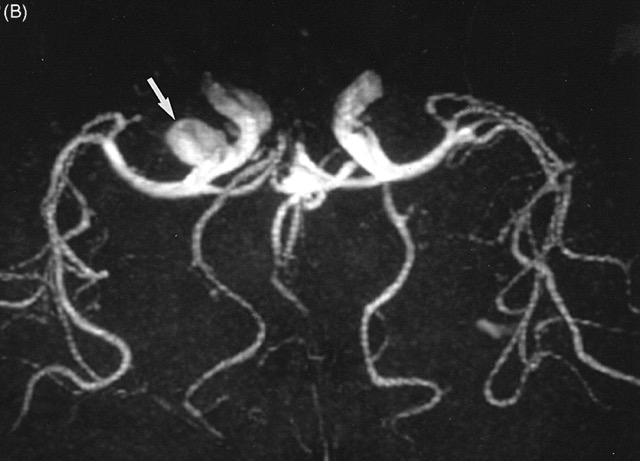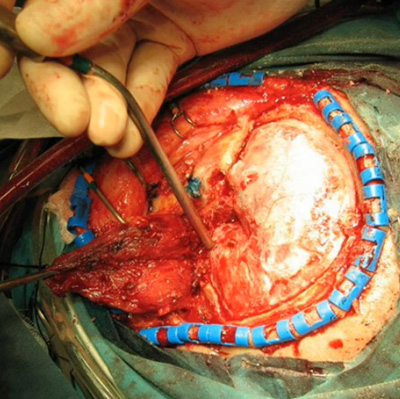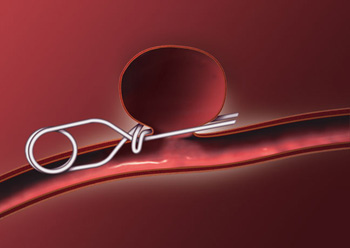Thanks to the extraordinary Brain Watch program at Providence St. Vincent Hospital, three high school teachers, one Noggin volunteer, and twelve Noggin high school participants from McCoy Academy, Skyview and Fort Vancouver High Schools witnessed brain surgery today…
Angela Fojtik, a Biology teacher at Skyview, brought along Noah Tukhashvili (who had expressed his interest in becoming a neurosurgeon last spring during our classroom visits), Ivan Villalobos, and Vanessa Turner. Seamus Shalman, a Biology teacher at Fort, brought Talia Stacy, Odalis Seefoo, Isabel Henkes, and Andrew Todd. And Karmen Hawkins, a teacher at McCoy Academy, brought along Mina Abud-Barnes and Drew Gunn…
Rosie Salice, a WSU Vancouver student of Neuroscience and Noggin volunteer, most recently at Fort, also joined us and her students in the Souther auditorium…
We arrived at the hospital early (6:15am!), along with students from other regional high schools, and enjoyed breakfast and coffee, and the chance to ask questions and see demonstrations of life-saving surgical technology…
Then Allie Bieker, the Program Coordinator for School Outreach at Providence, introduced Dr. Vivek Deshmukh, the Chairman of the Department of Neurosurgery, who was scheduled to perform this morning’s operation…
Dr. Deshmukh explained that he would operate on a 61 year old woman with two remaining aneurysms – potentially devastating “outpouchings” of blood vessel walls, due to an underlying weakness that is usually present at birth. Her first aneurysm had been discovered by accident, as most aneurysms are; if they haven’t burst or bled, there are typically no symptoms. But an MRI for another, unrelated symptom (some right arm pain), revealed the vascular time bomb…
(NOTE: Image not from this patient)
The first, and largest aneurysm was successfully treated at a hospital in Eugene, using a far less invasive technique than the surgery planned for today. Doctors inserted a catheter through an artery in her leg (a transfemoral catheritization), running the thin wire up through vessels to the exact location of the bulge. A stent followed, to channel blood through the artery, and platinum coils were then deposited through a thin tube into the aneurysm to effectively seal it off…
Unfortunately the remaining two aneurysms were on the opposite side of the brain, and the right internal carotid artery apparently took too sharp a turn for this procedure, or the related pipeline technique, to be applied…
Instead, Dr. Deshmukh planned to perform a right orbitozygomatic craniotomy – literally, the removal of the cranium (skull) above the right eye, including part of the brow. He would then cut through the dura mater, the tough leathery outer membrane of the meninges, and the spidery, diaphanous arachnoid, to gain access to the vasculature…
(Image not from the patient in today’s surgery)
He would then work his way carefully through the Sylvian (or lateral) fissure, cutting the arachnoid from around criss-crossing vessels, gently prying apart the temporal and frontal lobes to gain access to the base of the middle cerebral artery where the aneurysms lay…
(Image not from the patient involved in today’s surgery)
For the next four and a half hours we watched, utterly riveted by the procedure, and astonished by how different the living brain, mobile and blushing, visibly expanding and contracting with the beating heart, glistening, complex and vulnerable, looked in comparison to the rigid, formalin-fixed organs we normally hand over to curious children in school…
When he reached the outpouchings, he carefully placed a metal clip across the neck of each aneurysm, sealing off the weak bulge and significantly reducing the risk of arterial rupture…
(Image not from the patient involved in today’s surgery)
Once the clips were in place, the surgical team ran flourescing dye through the bloodstream so that, with the lights off, the surgeon could get a good sense of the integrity of blood flow through the affected vessels. Then it was the operation in reverse, sewing up the dura, re-attaching the bone plate, sewing down tendons, and stretching back and stitching the scalp and skin…
A successful surgery, by an extraordinarily skilled neurosurgeon (at one point, Dr. Deshmukh was working with both hands, manipulating the high resolution camera with his mouth, and explaining what he was up to at the same time..!).
Many, many thanks to Allie Bieker and her colleagues at the School Outreach Program at Providence for the opportunity to bring our students, teachers and Noggin volunteers..! Read more about this experience at The Columbian newspaper…
Skyview, Fort Vancouver students observe brain surgery
Rare look at aneurysm procedure comes in real time via video



















